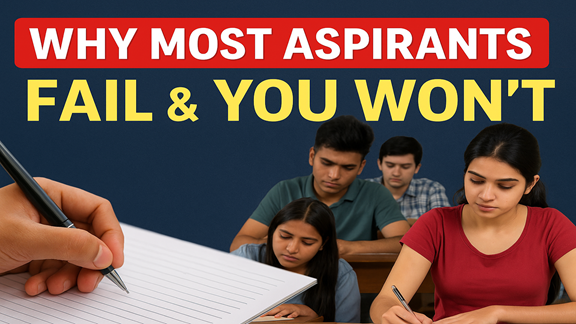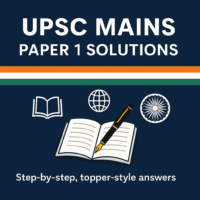Subliminal Perception, Culture & Extrasensory Perception (ESP)
📘 5.5 Subliminal Perception, Culture & Extrasensory Perception (ESP) (अवचेतन ग्रहणशीलता, संस्कृति और इंद्रियातीत बोध) 🧠 I. Subliminal Perception 📌 Definition: Subliminal perception refers to the registration of sensory input without conscious awareness...











